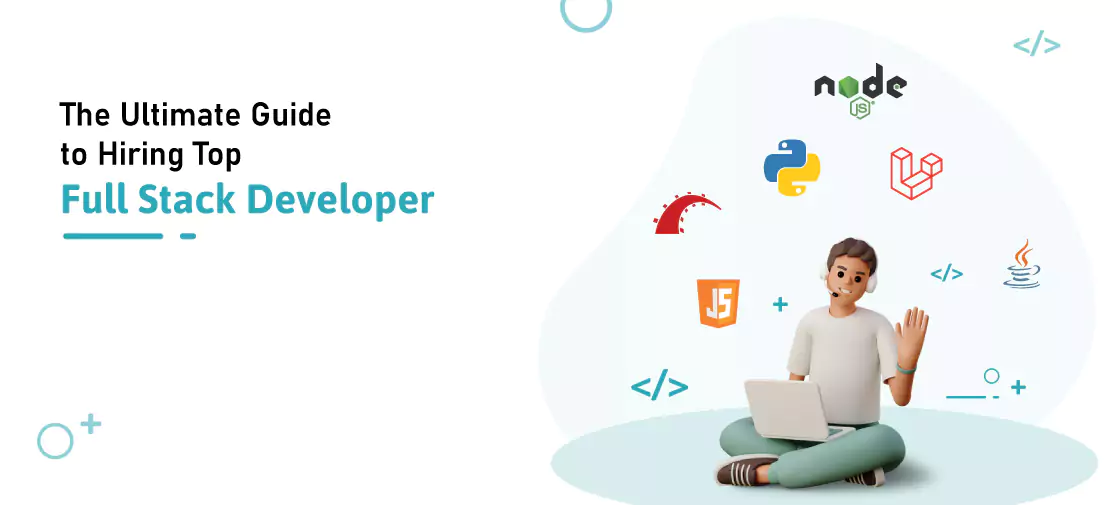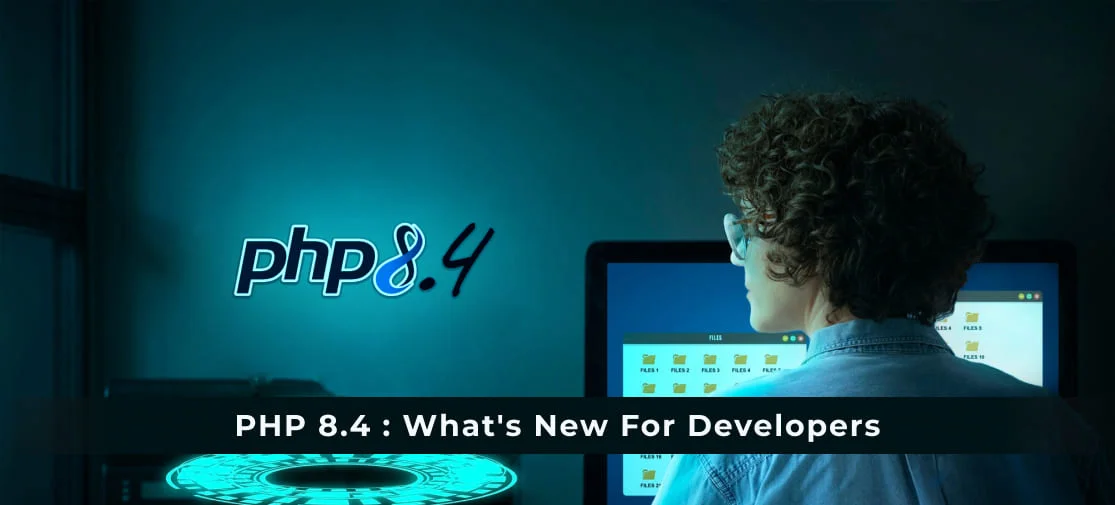Introduction
In today's fast-paced digital world, finding and hiring skilled full stack developers can make all the difference for your business. These versatile professionals possess the expertise to handle both front-end and back-end development, making them invaluable assets for creating cutting-edge applications and websites. However, the high demand for full stack developers can make the hiring process challenging. This comprehensive guide will provide you with actionable steps and insights to attract and secure the best full stack talent for your organization.
Full stack developers are in high demand, as they can handle both the front-end and back-end development of a web or Mobile application This makes them an asset to any company that is looking to build or improve its digital presence. If you are considering hiring a full stack developer, there are a few things you need to keep in mind. In this guide, we will walk you through the process of hiring a full stack developer, from defining your needs to conducting interviews and planning.
Identify your target audience
When you are looking for a full stack developer, it is important to identify your target audience. Who will be using the application you are developing? What are their needs and expectations? Knowing your target audience will help you to narrow down your search and find candidates who are a good fit for your project.
Defining your ideal full stack developer profile
Once you have identified a few potential candidates, it is time to start researching them. Look at their online profiles, read their reviews, and talk to their references. This will give you a better understanding of their skills, experience, and personality.
Before you begin the hiring process, it's essential to have a clear vision of the ideal candidate you want to bring on board. Consider the following subpoints to refine your requirements:
- Skills and expertise: Identify the specific programming languages, frameworks, and technologies your projects demand. This might include front-end languages like HTML, CSS, JavaScript, as well as back-end languages like Python, Ruby, Java, or Node.js,Laravel.
- Experience level: Determine whether you need a mid-level developer with a few years of experience or a seasoned professional capable of leading complex projects.
- Soft skills: Don't overlook the importance of soft skills, such as problem-solving, communication, and adaptability, which contribute to a developer's ability to work in a team and thrive in your organization's culture.
Crafting an irresistible job description
A well-crafted job description is vital in attracting top talent. Incorporate the following subpoints to make your job posting stand out:
- Engaging title: Begin with an attention-grabbing job title that accurately reflects the role's responsibilities and seniority level.
- Detailed responsibilities: Outline the specific tasks and projects the developer will work on, giving candidates a clear understanding of what they will be working on.
- Company culture and perks: Highlight your company's values, work environment, and any unique perks or benefits you offer to entice applicants.
- Opportunities for growth: Emphasize the potential for career advancement and professional growth within your organization.
Leveraging online platforms and networks
To reach a broader pool of potential candidates, you need to use various online platforms and networks:
- Job boards: Post your job opening on popular job boards, such as LinkedIn, indeed, and Stack Overflow Jobs.
- Social media: Utilize social media channels, like Twitter, Facebook, and Instagram, to share your job posting and increase its visibility.
- Developer communities: Engage with developer communities on platforms like GitHub and Reddit to tap into networks of tech enthusiasts.
Conducting effective interviews
The next step is to conduct interviews with your top candidates. This is your chance to get to know them better and see if they are a good fit for your team. Ask them about their experience, their skills, and their thoughts on your project. Once you've received applications, conduct interviews that assess both technical and soft skills:
- Technical assessment: Design coding challenges and practical exercises that evaluate the candidate's proficiency in relevant technologies.
- Behavioural questions: Ask situational questions to understand how the candidate approaches problem-solving, teamwork, and dealing with challenges.
- Culture fit: Assess whether the candidate aligns with your company's culture and values.
Offering competitive compensation packages
To attract top talent, ensure your compensation packages are competitive:
- Salary: Research industry standards to offer a salary that reflects the candidate's skills and experience.
- Benefits: Include a comprehensive benefits package, such as health insurance, retirement plans, and flexible working hours.
- Bonuses and incentives: Consider performance-based bonuses and incentives to motivate developers and reward exceptional work.
Conclusion
Hiring full stack developers can be a game-changer for your business, but it requires a well-defined strategy. By understanding your requirements, crafting compelling job descriptions, leveraging online platforms, conducting effective interviews, and offering competitive compensation packages, you'll be well on your way to attracting and hiring top-notch full stack talent. Stay proactive and patient in your search, and soon you'll have a team of skilled developers driving your business's success...




